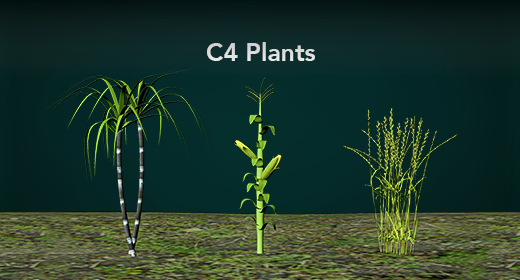Exocytosis
Topic Description
If a cell has a large amount of something that it wants to remove from its cytoplasm, it can utilize a process of bulk transport known as Exocytosis. It is the exact
opposite of endocytosis. For example, newly made proteins destined for secretion from the cell are packaged into vesicles inside the cell and transported to the
plasma membrane. The vesicle membrane and plasma membrane fuse together. The contents of the vesicle spill outside the cell while the vesicle membrane is
smoothly incorporated into the plasma membrane. In this animation, you are seeing products being bulk transported out from the cell. This process enables the
cell to transport large amounts of materials quickly and efficiently. Exocytosis is use by lots of different kinds of cells. Glandular cells that produce hormone or
enzymes for the rest of the body to use are great examples. The cells in your salivary glands use exocytosis to release enzymes and other components to make
your saliva which helps to break down carbohydrates in your food! Endocrine glands use exocytosis to bulk transport hormones out of their cells and into the
blood stream where the hormones can circulate throughout the rest of the body. Exocytosis happens in plants, too. An example of this would be the exocytosis
of large amounts of sugars from leaf cells to be moved to the roots for storage.












